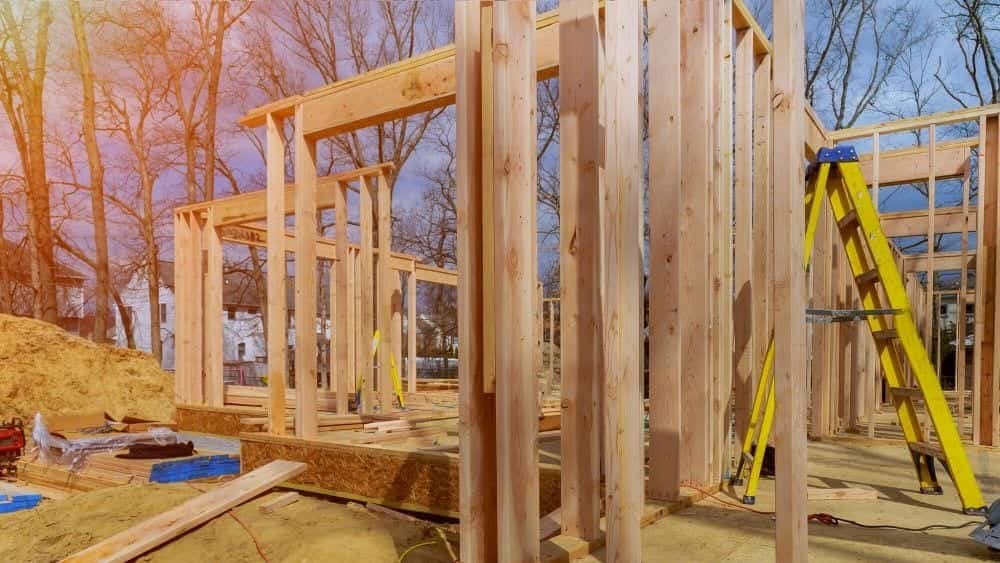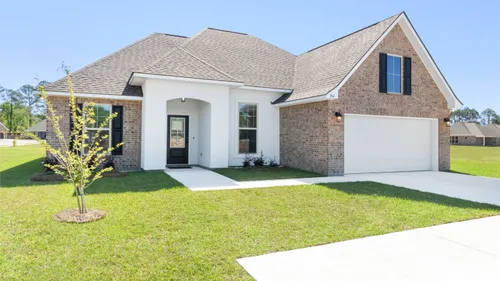Experienced General Contractor Indiana for Residential and Commercial Projects
Experienced General Contractor Indiana for Residential and Commercial Projects
Blog Article
Just How a General Contractor Can Change Your Common Areas Into Useful Rooms
The improvement of common areas right into useful areas is a nuanced procedure that calls for a general contractor's experience in analyzing certain community needs and developing customized options. By considering variables such as format, access, and aesthetic allure, a contractor can produce settings that not only offer sensible functions but likewise foster community engagement.
Assessing Current Common Location Requirements
When evaluating usual locations, it is necessary to recognize and understand the details requirements of the community they serve. This procedure begins with a thorough evaluation of current use patterns, which includes event information on foot website traffic, peak use times, and activities taking location within these rooms. Involving with neighborhood members via meetings or surveys can provide useful understandings into their choices and obstacles.
Following, it is very important to think about the demographic make-up of the community, consisting of age, way of living, and any kind of special requirements that may impact exactly how these spaces are used. Families with young children might require play locations, while older grownups may prioritize ease of access functions.
In addition, reviewing the existing facilities and facilities is essential. Identifying locations that are underutilized or in requirement of repair service can inform prospective enhancements. Teaming up with stakeholders, such as residential or commercial property managers and neighborhood companies, makes sure that the assessment mirrors a detailed understanding of the area's requirements.
Eventually, a precise evaluation of existing common area needs lays the foundation for efficient changes, permitting the creation of areas that cultivate engagement and boost the total top quality of life within the area.
Creating for Functionality and Appearance
A thorough understanding of community needs establishes the phase for effective design that stabilizes performance and appearances in common areas. Effective style calls for a thoughtful method that takes into consideration both the useful uses the space and the visual allure that enhances the atmosphere.
Useful style requires producing spaces that cater to the specific activities and interactions of the community. This could consist of flexible seating setups for celebrations, obtainable paths for people with mobility difficulties, or assigned locations for recreational activities. Each aspect needs to offer a purpose while guaranteeing simplicity of motion and convenience for customers.
The choice of shades, products, and illumination can substantially affect the understanding of a room. In addition, straightening the layout with the area's social identification can promote a feeling of belonging and satisfaction.
Budgeting and Resource Allowance
Effective budgeting and source appropriation are important elements in the successful improvement of typical locations. A distinct spending plan details the financial specifications within which the project must operate, guaranteeing that expenses are controlled and resources are effectively made use of. This starts with a detailed evaluation of project needs, including design components, materials, and labor.

A basic specialist plays a vital function in this phase, teaming read the article up with stakeholders to establish reasonable budget price quotes that line up with the intended vision. By focusing on vital features and exploring economical alternatives, the contractor can enhance spending without compromising high quality.
Resource allocation requires tactically assigning workers, equipment, and products to different phases of the task (Bathroom Remodeling Indiana). This requires mindful preparation to prevent hold-ups and make certain that each element is delivered on schedule. Additionally, regular tracking of expenditures against the budget assists to determine prospective overruns early, permitting timely changes
Taking Care Of Construction Process Successfully
Handling the construction procedure efficiently is vital for achieving timely job completion and keeping spending plan stability. A well-coordinated strategy entails meticulous preparation, clear communication, and effective resource management. General contractors have to develop an in-depth project timeline that details each stage of building, enabling the recognition of potential traffic jams and essential milestones.
Normal progress meetings are critical for maintaining all stakeholders notified and straightened. These conferences facilitate the prompt resolution of issues, guaranteeing that the project remains on track. Furthermore, using job administration software program can simplify communication, track progression, and take care of paperwork, lowering the likelihood of hold-ups and misunderstandings.
Effective source appropriation is likewise vital. By guaranteeing that products, labor, and devices are available when needed, general service providers can avoid expensive interruptions. Executing a proactive technique to take the chance of administration additional boosts efficiency, as it permits the recognition and mitigation of potential difficulties prior to they intensify.

Ensuring Compliance and Top Quality Requirements
Conformity and high quality standards are basic to the success of any type of building and construction project, ensuring that the finished rooms not just meet customer expectations yet also abide by governing needs. A general specialist plays a crucial role in imposing these requirements throughout the construction process.
First, it is vital for the specialist to remain upgraded on regional building ordinance, security regulations, and sector ideal methods. This expertise enables them to assist layout options and material choices that line up with conformity requirements. Regular assessments and high quality analyses during the building and construction phase aid to recognize potential problems early, mitigating expensive hold-ups and rework.
Moreover, a reputable general service provider cultivates a society of high quality among workers and subcontractors. This can be attained by providing training on conformity procedures and carrying out strict quality control actions. By developing clear interaction networks, the contractor can make certain that every person involved recognizes their obligations pertaining to conformity and top quality.
Conclusion
To conclude, the function of a general service provider in transforming common areas into functional areas is essential. Via an extensive evaluation of area requirements, thoughtful style, meticulous budgeting, and effective project monitoring, these experts can create settings that improve usability and aesthetic appeal. Adherence to conformity and top quality requirements better makes certain that renewed rooms not only meet the expectations of stakeholders however also foster involvement and enhance the general experience for all individuals within the community.
The improvement of typical areas right why not try here into functional rooms is a nuanced procedure that calls for a general professional's know-how in evaluating particular community needs and creating tailored options. By taking into consideration factors such as format, accessibility, and aesthetic allure, a service provider can produce settings that not only offer practical purposes but additionally foster area involvement. General service providers need to develop an in-depth task timeline that describes each stage of building and construction, permitting for the identification of prospective traffic jams and crucial landmarks.
Report this page